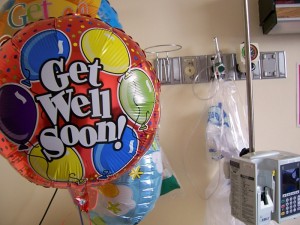This week, James E. Craigie, MD, of The Center for Natural Breast Reconstruction answers your question.
Question: A week ago I was diagnosed with invasive Mammary Carcinoma with Ductal & Lobular features, Intermediate and stage1. Since I have had a Lumpectomy and radiation 10yrs ago on same breast they said I would have to have a mastectomy. They have suggested I have the TRAM flap done.
I have been reading on your site about TRAM versus DIEP flap. I would really like I think to have the DIEP flap but not sure if the Plastic Surgeon that my Dr. uses does this. I’m really concerned and want the best results for a natural looking breast. He will have to later when recovered put a nipple on. Tell me your suggestions. Thank you.
Answer: Thank you for your question. I’m sorry to hear that you need to have a mastectomy. I’m glad to hear it was detected early and is Stage 1. Have they talked to you about needing chemotherapy? You have done some good research regarding breast reconstruction. Since you have had previous radiation then breast reconstruction using your own fatty tissue would give you the chance for the most natural result following your mastectomy.
The TRAM procedure uses your own fatty tissue from the tummy but unfortunately it sacrifices your tummy wall muscle in the process. The DIEP is another way to use your own natural tummy fatty tissue and does not sacrifice your tummy muscle. You don’t need muscle to rebuild your breast. You do need your tummy wall muscle located where it naturally is. After a TRAM, patients can have problems related to removing the muscle. Therefore you should request a plastic surgeon who has experience with the DIEP procedure to see you in advance of your mastectomy. If there are none in your area then you may have the option to travel to a practice that does specialize in the DIEP procedure.
In our practice we have had patients from almost every state in the U.S travel to us because of our expertise in breast reconstruction using natural fatty tissue. It is not easy to travel for surgery but unfortunately for this specialized type of procedure it is sometimes necessary. If you need more information about how that works or the things we can do to help our traveling patients just let me know.
Have a question about breast reconstruction or post-surgical you’d like answered from our surgical team? Just ask!










